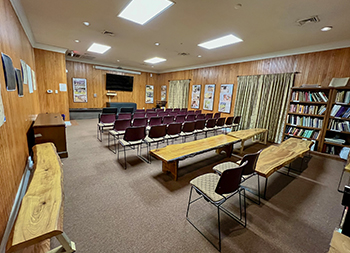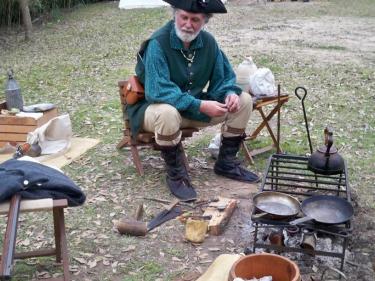
Fort St. Jean Baptiste State Historic Site
155 Rue Jefferson
Natchitoches, LA 71457
United States
Wednesday through Sunday
open from 9 a.m. to 5 p.m.
closed Thanksgiving, Christmas & New Year's Day
General Admission
- $6 per Person (ages 7 to 61)
- $4 for Seniors (62 & older)
- Free for Children (6 & under)
Natchitoches was founded by a French Canadian, Louis Antoine Juchereau de St. Denis, in 1714 while he was en route to Mexico from Mobile, Alabama, on a trade mission. When he reached the village of the Natchitoches Indians on the Red River, he had two huts constructed within the village and left a small detachment there to guard the stores and trade with the inhabitants. This became the first permanent European settlement in the territory later known as the Louisiana Purchase.
In 1716, Sieur Charles Claude Dutisné was sent to Natchitoches with a small company of colonial troops to build and garrison an outpost that would prevent the Spanish forces in the province of Texas from advancing across the border of French Louisiane. This strategic outpost was named Fort St. Jean Baptiste des Natchitoches. Economically, Natchitoches evolved into a primary French trade center in the Lower Mississippi Valley. Native American tribes of the three Caddo Confederacies played a vital role in establishing trade and communication links among the French, the Spanish and the Native Americans of the region. The trade that developed with the Caddos forever changed the material culture of the tribes, and by the mid-18th century they were almost completely dependent upon French trade goods. The diplomatic success of the fort was assured when St. Denis was named commandant in 1722. His influence would thrive in the colony until his death in 1744.
The fort continued to serve as a military outpost and commercial trade center until 1762, when France's defeat by England in the French and Indian War forced her to cede the Louisiana colony to Spain. Under Spanish authority, the fort served as a trade center and a link in Spain's intracolonial communications network. But since its original purpose of protecting a territorial boundary no longer applied, the Spanish eventually abandoned the fort. The fort was in such ruins by the time the United States acquired the area in the Louisiana Purchase (1803) that the Americans could no longer use it, so they built Fort Claiborne nearby.
The site obtained for the replication of Fort St. Jean Baptiste is located on Cane River Lake (formerly the Red River) a few hundred yards from the original fort site. The fort replication was based upon Ignace Francois Broutin's plans and on extensive archival research in Louisiana, Canada and France. Construction began in 1979 under the direction of the late Samuel Wilson, Jr. and the Louisiana Office of State Parks. Building materials were obtained locally, and many 18th-century techniques were employed in the replication. Nearly 2,000 treated pine logs form the palisade and approximately 250,000 board feet of treated lumber went into the construction of the buildings. All of the hinges and latches were handmade at a nearby foundry. Further historical research is ongoing.
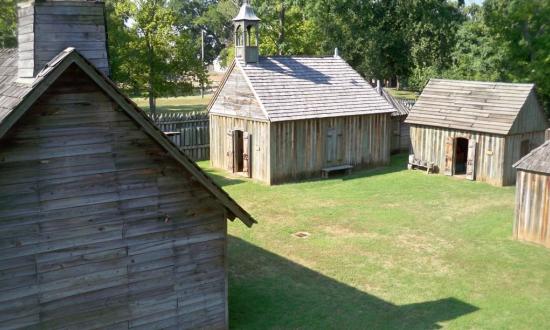
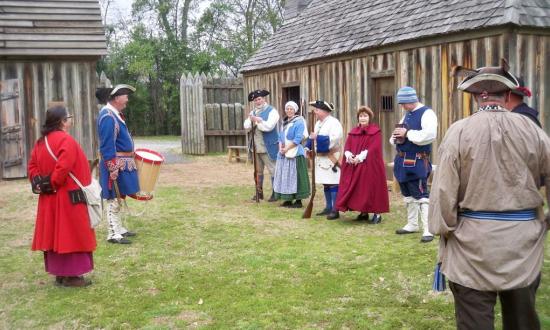
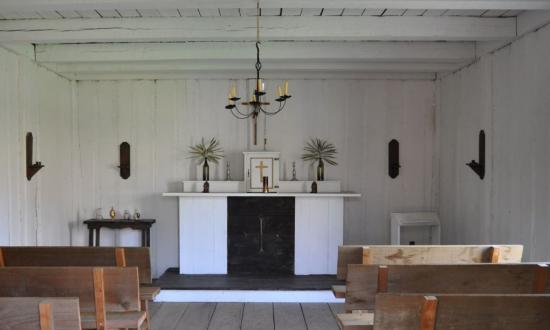
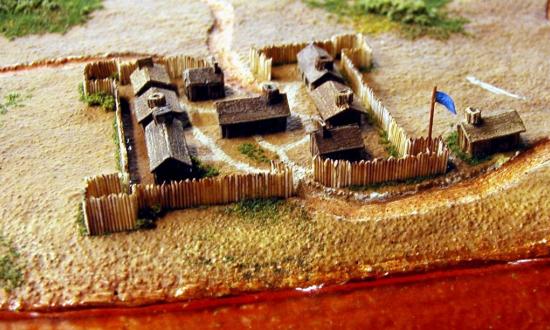
Features
Birding
A Birder's Guide to Louisiana gives directions to over 100 areas for birding throughout the state, includes maps, Louisiana specialties, and contains beautiful photography and checklists of Louisiana birds and other wildlife. The Guide was produced through a partnership between the Atchafalaya National Heritage Area and the American Birding Association.
